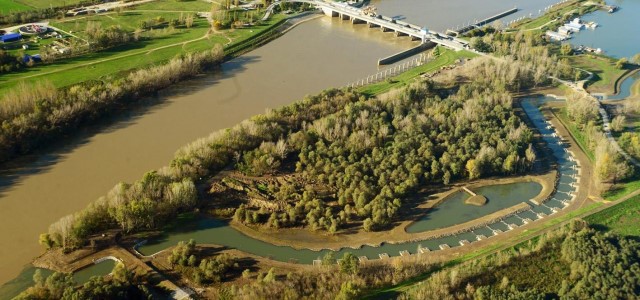By building on scientific evidence, learning from previous basin experience, and developing tools to support participatory climate-sensitive management, GWP Central and Eastern Europe (CEE), GWP Hungary, and the Government of Hungary laid the foundation for a more inclusive stewardship of cleaner and productive shared waters in the Tisza River Basin, a critical European watershed.
The Tisza River Basin, the largest sub-basin of Europe’s Danube River Basin, is shared by Ukraine, Romania, Slovakia, Hungary, and Serbia. It provides livelihoods for approximately 12.5 million people through water supply, agriculture, forestry, pastures, mining, navigation, and energy production. The region’s mountain streams, meandering rivers, and floodplains traditionally supported forests, meadows, and fishponds that could withstand occasional flooding, but modern land development brought more settlements and intensive agricultural production that required low and tightly regulated water levels and protection from seasonal floods.
Communities along the River Tisza are at significant risk from flooding. In Hungary alone there are more than 400 communities with 1.2 million people on a floodplain of approximately 16,000 km2 protected by nearly 3,000 km of flood defences. The upper parts of the river experience flash flooding, while the middle and lower parts of the river suffer from very high and long-lasting inundation caused by the combined effects of upstream flows. And effluent from agricultural, mining, and industrial activities upstream finds its way into downstream water supplies.
Click on this link, originally uploaded to gwp.org, to read the whole story and the results the actors had on the river basin.
